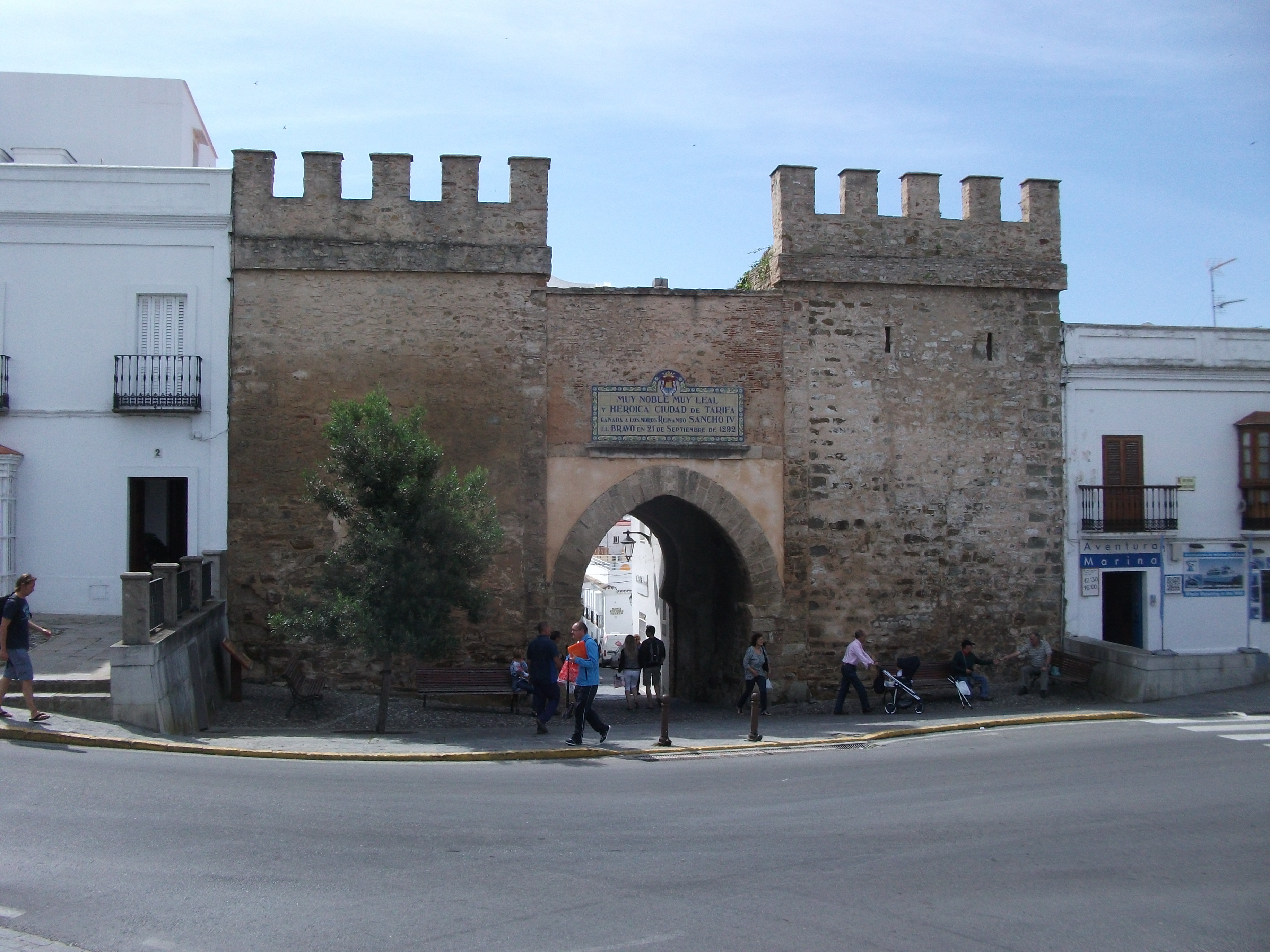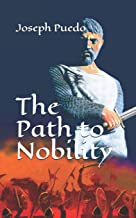When King Sancho eliminated the main opposition to his rule, he threw his nefarious brother, John, into jail. When the killing was over, and he had made some changes, he released him again. While John was in prison, the king and his relatives executed a power-play that ensured that John was left out in the cold.
John had allied himself with Lope Díaz III de Haro, the Lord of Biscay, a lifelong enemy of King Alfonso X, and also Sancho. Sancho had executed Lope and all his followers after his accession to the throne. John was next in line to be the Lord of Biscay, but whilst John was in prison, he was unable to claim the title. Instead, Lope’s brother, Diego López V de Haro, who had been a supporter of Sancho, stepped in to take the title. Diego was ever after known as “the intrusive” for grabbing the title, but Sancho had planned the whole thing.
John was understandably furious. Without title, and his brother watching him like a hawk, John bided his time, but soon began plotting again. When Sancho discovered his renewed duplicity, John fled to Portugal, where he resumed his scheming. King Dennis of Portugal decided that John was too dangerous to have around, and threw him out of his country.
We will come back to John in a minute.
When Sancho’s elder brother died at Écija, and with his father in France, he instantly became de-facto commander of the entire Castilian army. The dates are muddled, but Sancho must have been around 20 years-old at the time. True, he had generals who were veterans of warfare, but it was his fighting spirit that impressed them and his troops. Fighting with Sancho around Córdoba during the Marinid invasion was another young warrior who was just as courageous as he was, and perhaps a little cleverer.
The origins of Alonso Pérez de Guzmán are obscured by the re-writing of history during the intervening centuries, and the deliberate erasure of the truth by his family prior to the inquisition. In an interview by Bettany Hughes for the BBC programme, When the Moors Ruled in Europe, the then XXI Duchess of Medina Sidonia, a direct Guzmán descendent, showed a document dated 1288 that permitted Guzmán to trade in grain. In another document dated 1297, and signed by the king, Guzmán was described as a “vassalo,” which means that he was a Moor.
Guzmán was at the signing of the treaty with Emir Abu Yusef Yacub after the first Marinid invasion. Sancho was also there, but at the signing, Guzmán’s half-brother, Álvero, publicly denounced “to the four winds” that Guzmán was a bastard and a Moor. Shortly afterwards, Guzmán left Iberia and allied himself to the Moroccans.
When King Alfonso X sought the support of the emir to combine armies and take Córdoba from Sancho, it was Guzmán who acted as go-between. In gratitude, the dying king gave Alonso land and towns along the west coast of the now sparsely-populated al-Andalus. He also suggested that Alonso should marry Maria Coronel, the daughter of one of his nobles, but before anything could be arranged the king died. As soon as Sancho was crowned, Guzmán returned to Africa. He had been instrumental in aiding King Alfonso lead an army against him, and he thought it best to move to Marinid lands where he was still in favour.
Sancho had grown up with Alonso as a friend, and he wanted him to return to Castile. He sent a message saying that he would honour the marriage to Maria Coronel. This would give Guzmán land and title in the middle of the Cerda stronghold that had supported his father. It would also put him and his possessions on the front line of any invasions by the Marinids. Sancho had inherited some of his father’s wisdom, and he realised that with a foot in both camps, Alonso could be a huge asset to his kingdom. In 1282 Alonso returned to Seville and married 16 year-old Maria.
For a while, he played an impossible double role. When Abu invaded Nazrid lands, Alonso fought with him, and he also led armies against Abu’s enemies in the Rif. But in Castile, he was one of the king’s trusted noblemen. When Abu Yusef died, his son became emir, and Alonso’s fortunes changed for the worse. Abu Yacub hated Christians, but he hated Alonso more, and when Alonso discovered that Abu Yacub was planning to kill him, he fled across the straits to Seville.
Guzmán helped Sancho strengthen the south west of Iberia against Marinid attacks and he fought with Sancho to take Tarifa in 1293. According to the treaty, Sancho was supposed to return Tarifa to the Nazrids, but the Marinids still had Algeciras, which was a staging post for invasions. He reneged on the deal with Muhammad and kept Tarifa, with a longer-term plan to take Algeciras, too, and stop Abu from crossing the straits for good. The problem now was finding somebody to take stewardship of Rate Castle at Tarifa. It was a very dangerous posting with Algeciras just along the coast, but from Tarifa's port, Christian fighting ships could control the straits. Guzmán volunteered, and King Sancho personally brought supplies and arms to Tarifa to back up his most trusted general.
This is where John reappears. Knowing of Abu’s hatred of Alonso, he left Portugal and crossed the straits to Africa, where he convinced Abu that he could take Rate Castle from Guzmán. He was going to use a tactic that he had used when he was fighting for his father at the siege of Zamora. He had captured the son of the woman who held the castle there and he threatened to kill the boy if she did not surrender. In those times, it was usual for noble families to have children brought up with other noble families; a way of cementing alliances. The chroniclers say that this is how John came to have young Pedro. It seems unlikely, given his time in prison and being thrown out of Portugal, but by some means John held Guzmán’s second oldest son as hostage. On the strength of this, Abu shipped 5,000 of his cavalry across the straits and added troops from Algeciras, and with this small army under his command, John laid siege to Rate Castle.
 The west gate of Rate Castle, Tarifa.
The west gate of Rate Castle, Tarifa.
Over the centuries this story has been written and re-written and the facts are muddled. Books and plays have been written about it, and it has become a legend in Spanish history.
Guzmán had learned of John’s plans and sent messengers to King Sancho. Sancho’s navy was at that time on the east coast of Iberia and would take weeks to arrive to give support, but what ships he had available he sent downriver form Seville and Huelva laden with troops. Alonso had also sent word to Vejer de la Frontera for backup troops to attack John’s northern flank. But regardless of troops and displacements, the battle would be decided when John brought out Guzmán’s son.
The siege went on until reinforcements from Sancho were attacking John´s troops from the rear, and the Castilian ships had been sighted on the horizon. That was when John dragged out the eight-year old son of Guzmán. John demanded that he surrender the castle or see his son killed before the gates. We cannot imagine the pressures and aguish that Alonso and his family felt, but Alonso stood on the battlements and refused to surrender the castle.
 Guzman painted by Martinez Cublles
Guzman painted by Martinez Cublles
There are several versions of the speech that Guzmán supposedly gave that day, but they all follow the same theme.
“Here is my knife, use it to kill him with. No son of mine would dishonour me, and his death will bring honour upon him and shame on you.”
Alonso drew his own dagger and threw it down to John. In fury, John cut Pedro’s throat and carried on hacking until he had severed the boy’s head. One chronicler writes that he put Pedro’s head into a siege catapult and fired it over the walls.
With his plan in tatters, John retreated to Algeciras and Abu Yacub withdrew his cavalry to Africa. Guzmán and his devastated family returned to Seville, where they stayed in mourning for several weeks. King Sancho had tuberculosis, and his health was deteriorating. He could not travel, so he sent a letter to Alonso asking him to bring his family to his palace at Alcalá de Heneres. The letter was full of praise, and likened Guzmán to Abraham. Alonso set off in his carriage from Seville, but when he arrived at the gates, all the noble families of the city had lined the road north. They fell in behind Guzmán’s coach and followed him. At each town they passed through, more people joined the procession. When they reached Córdoba, the nobles of the city, led by the mayor, met him outside the walls, and he and his family were welcomed as royalty. By the time they reached Alcalá de Heneres, the train of supporters numbered nearly a thousand, and it was swelled by nobles and villagers who had come from neighbouring towns. King Sancho addressed them all from a balcony above the palace plaza.
“Behold your model, no man can show more love for his country than to give his own son. Whilst Castile has men like this, we will never be defeated.”
Most of the tales about Guzmán end at Rate Castle, but there is much more to the Guzmán story. Guzman himself became very rich, and his descendants became the first Dukes of Medinia Sidonia.
When Francis Drake sailed into the harbour at Cádiz and “Singed the King of Spain’s beard” it was another Alonso Péres de Guzmán who chased him out. The same man later led King Phillip’s Armada fleet for the planned invasion of England in 1588.
Perhaps the least known of the Guzman line was a daughter of the Queen of Portugal, Donaña Louisa de Guisamo, whose fourth child became Catherine of Braganza, the wife of Charles II, and Queen of England.
Meanwhile, John had returned to Castile and continued his plotting with the disaffected nobles. He had by no means given up on being royalty. He had a lot to overcome, least of all his new title of “The Traitor of Tarifa.”
For the full story of Guzmán el Bueno I can recommend this book.
https://www.amazon.com/dp/B08LHJGW49

The Path to Nobility is a gripping historical novel telling of Guzmán el Bueno´s rise not only through the courts of Christian kings, but his career fighting for Emir Abu Yusef Yaqub in Fez. The story begins with his birth as the illegitimate son of a nobleman in the court of King Alfonso X, and his youth during the Mudejar uprising. Whilst still a young boy, he fights in the streets of Toledo against the king´s cruel rule and joins the exodus of Moors trekking south when King Alfonso expels them from Castile. He is forced to leave his mother and return to the King´s court where he distinguishes himself in battle before defecting to join the Berber Emir of Morocco. He finally becomes one of the richest and most trusted nobles in Castile.